Some plants in the garden, whether cultivated or wild, can be very dangerous, causing serious allergic reactions or breathing difficulties.
Poisonous Plants in Italian Gardens
There are some in the garden poisonous plants which, without our knowledge, can be extremely toxic.
Among the most dangerous plants intentionally cultivated we find theoleanderappreciated for its flowers but highly toxic, the tassoused for hedges, and the daturagrown for its striking but extremely poisonous flowers.
Even the castor oil plant andaconito They are very toxic ornamental plants.
Furthermore, some plants grow spontaneously in our gardens and are equally dangerous, such as belladonnathe digitaland the hemlockall capable of causing serious poisoning.
The garden, often seen as an oasis of tranquility, can hide natural dangers, including several ornamental plants e spontaneouswhich represent a danger for the health of adults, children and animals, such as dogs and cats.
Aconite plant in bloom – Photo Pixabay
Knowing these plants and their risks is essential to keeping your garden a safe place e welcoming.
Toxic Plants Grown in Italian Gardens
In Italian gardens, many toxic plants are cultivated for their ornamental value, often without the owners being aware of the associated risks.
 Poisonous Plants That Are Dangerous Even for Pets – Photo Pixabay
Poisonous Plants That Are Dangerous Even for Pets – Photo Pixabay
Some of the more common plants intentionally grown in gardens that exhibit toxicity include:
- Oleander
- Tasso
- Datura
- Aconito
- Castor oil
- Thrush
- Narciso
- Rhododendron
- Christmas Star
These plants, while aesthetically pleasing, contain dangerous substances that can cause serious health problems if ingested or even just touched.
Poisonous Spontaneous Plants in the Garden
There are several poisonous plants that grow in the garden spontaneouslyrepresenting a hidden threat.
These plants, often considered pestscan easily go unnoticed and cause accidental poisonings.
Among the poisonous plants most common ones found spontaneously in Italian gardens there are:
- Belladonna
- Digital
- Hemlock
- Euforbia
- Mandrake
Knowing and identifying these plants is essential to keeping your garden safe.
Oleandro (Nerium oleander)
It is a very common ornamental plant in Italian gardens for its colorful flowers.
 Oleander flowers – Photo Pixabay
Oleander flowers – Photo Pixabay
However, it is extremely poisonous: all parts of the plant contain cardiac glycosides which can cause nausea, vomiting, diarrhea and serious heart problems if ingested.
Contact with the sap can also cause skin irritations e allergic reactions.
Yew (Taxus baccata)
Il tasso It is a plant often used as a hedge in gardens.
All its parts, except the red aril surrounding the seeds, are highly toxic.
 Taxus baccata – Photo by Pixabay
Taxus baccata – Photo by Pixabay
Ingestion of leaves or seeds can cause nausea, vomiting, dizziness and, in more severe cases, cardiac arrest.
Contact with the plant may irritate skin and eyes.
Datura (Datura stramonium)
Also known as “devil’s weed”, the datura It is an ornamental plant with large white or purple flowers.
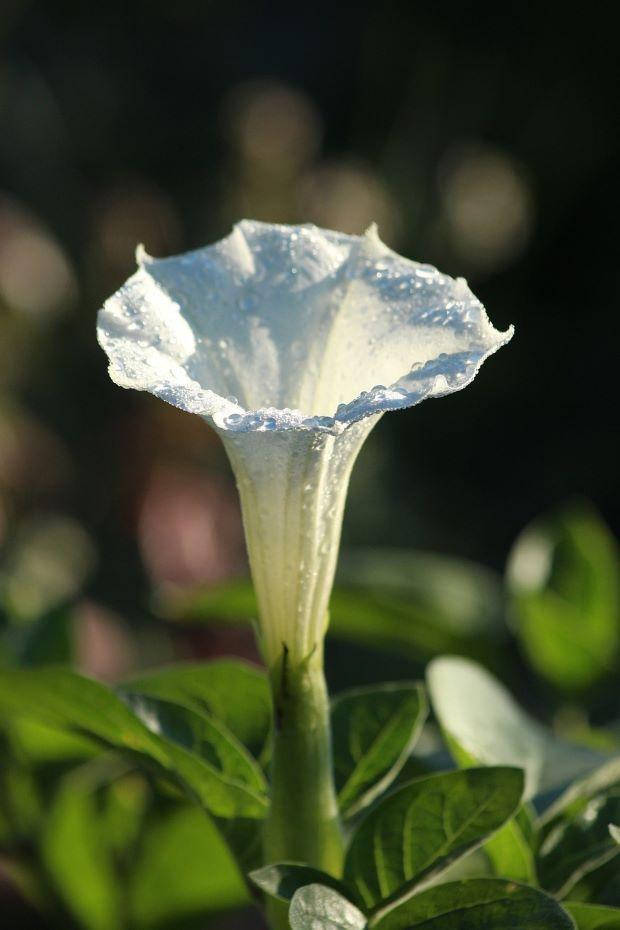 Datura flower or devil’s weed – Photo Pixabay
Datura flower or devil’s weed – Photo Pixabay
It is highly toxic: all parts contain tropane alkaloidssuch as scopolamine, atropine and hyposcyamine, which, if taken in an uncontrolled manner, can cause hallucinations, delirium, fever, tachycardia and, in high doses, death.
Contact with the plant may cause skin and eye irritation.
Aconite (Aconite napellus)
L’aconito It is a plant with blue-purple flowers that is very popular in gardens.
However, it is one of the most poisonous plants: theingestion of any part can cause serious neurological symptoms, such as tingling, paralysis, and cardiac arrest.
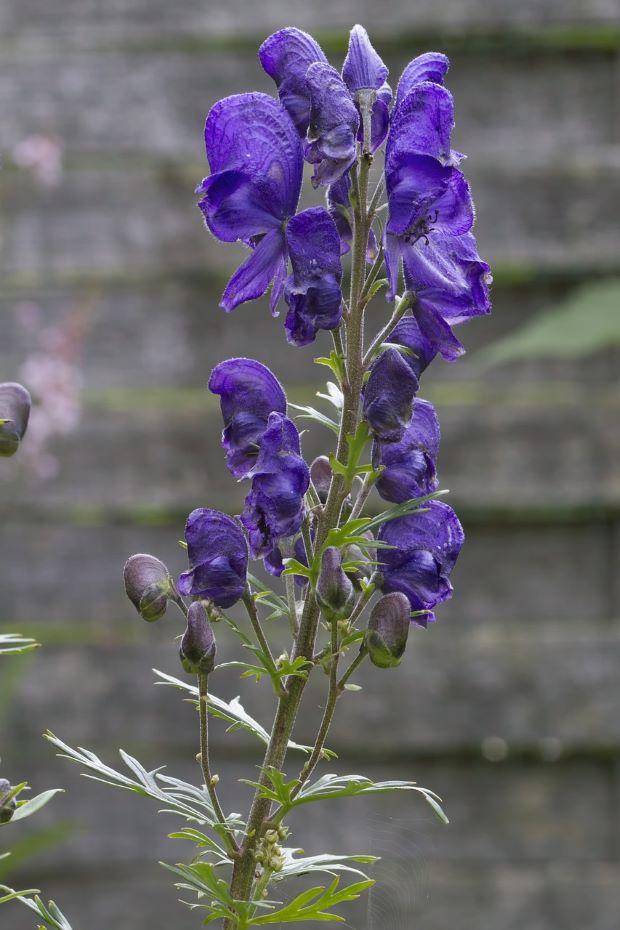 Aconite Flower – Photo Pixabay
Aconite Flower – Photo Pixabay
Even simple contact with the plant can cause skin irritation and numbness.
Tick (Ricinus commonus)
Il castor oil plant It is grown for its broad leaves e decorative fruits.
However, it is extremely dangerous: its seeds contain ricin, one of the natural substances most toxic in the world.
 Castor bean – Wiki Commons Photo
Castor bean – Wiki Commons Photo
Ingestion may cause vomiting, diarrhea, convulsions and death.
Contact with the plant may cause skin irritations e allergic reactions.
Lily of the valley (Convallaria majalis)
Prized for its delicate white bell-shaped flowers, the thrush It is highly poisonous.
All parts of the plant contain cardiac glycosides, which may cause symptoms such as nausea, vomiting, diarrhea, and serious cardiac arrhythmias if ingested.
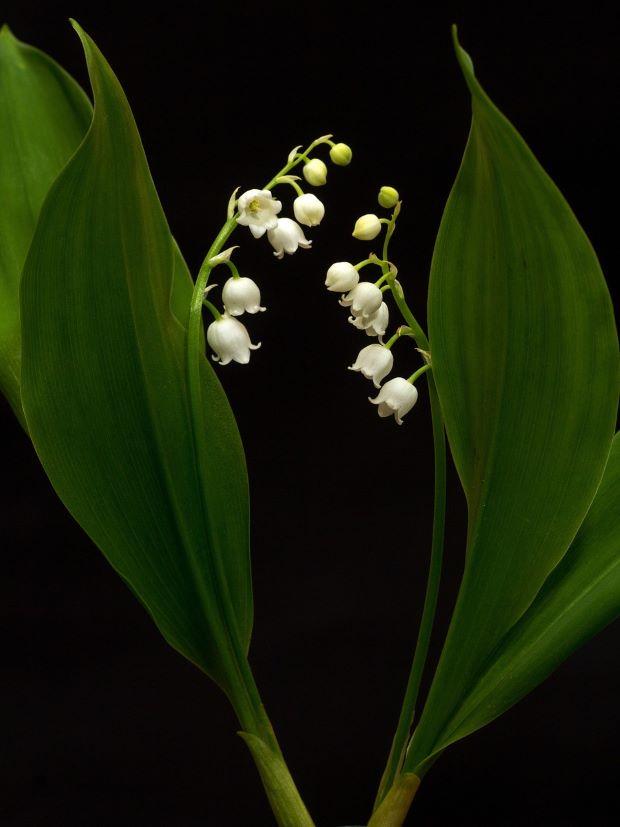 Lily of the valley flowers – Photo Pixabay
Lily of the valley flowers – Photo Pixabay
Even inhaling the perfume indoors can cause headaches and dizziness.
Narciso (Narcissus spp.)
Il narciso It is a very common bulbous plant in gardens, recognizable by its yellow or white flowers.
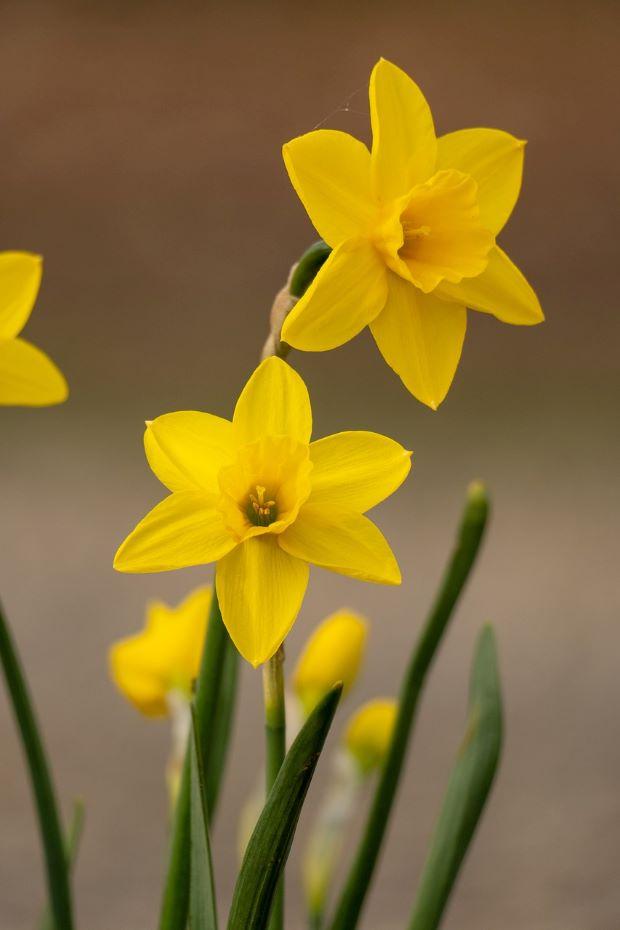 Narcissus flower – Photo Pixabay
Narcissus flower – Photo Pixabay
Your bulbs I am particularly toxic and ingestion may cause nausea, vomiting, diarrhea and abdominal pain.
Contact with the juice of the bulbs can also cause dermatiti e skin irritations.
Rododendro (Rhododendron spp.)
Ornamental shrub with bright flowers, the rhododendron It is highly toxic.
Its leaves and flowers contain grayanotossinewhich can cause symptoms such as nausea, vomiting, excessive salivation and breathing problems if ingested.
 Rhododendron flowers – Photo Pixabay
Rhododendron flowers – Photo Pixabay
Contact with the plant can cause skin irritation, especially in sensitive people.
Poinsettia (Euphorbia pulcherrima)
Here is a poisonous plant that you wouldn’t expect: the Christmas stara very popular decorative plant during the Christmas holidays.
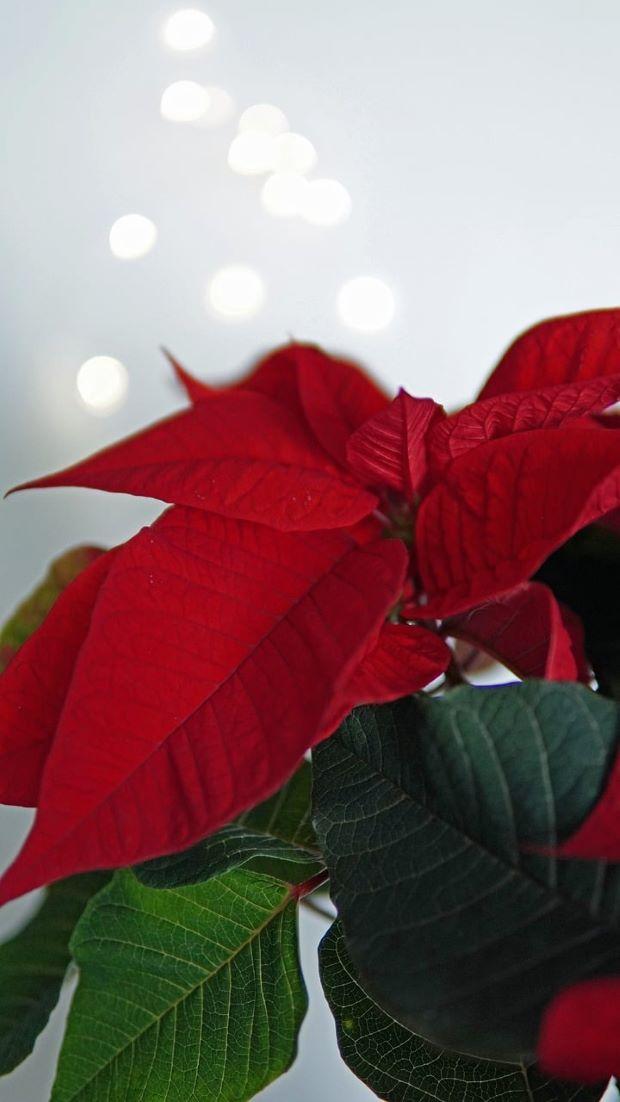 Christmas Star – Photo Pixabay
Christmas Star – Photo Pixabay
Despite its beauty, it is slightly toxic: the contact with milky lymph can cause skin irritationsitching and burning eyes.
Ingestion may cause nausea, vomiting and diarrhea, especially in children and pets.
Nightshade (Atropa belladonna)
The belladonna it’s a spontaneous plant which grows in many Italian regions, characterised by shiny black berries.
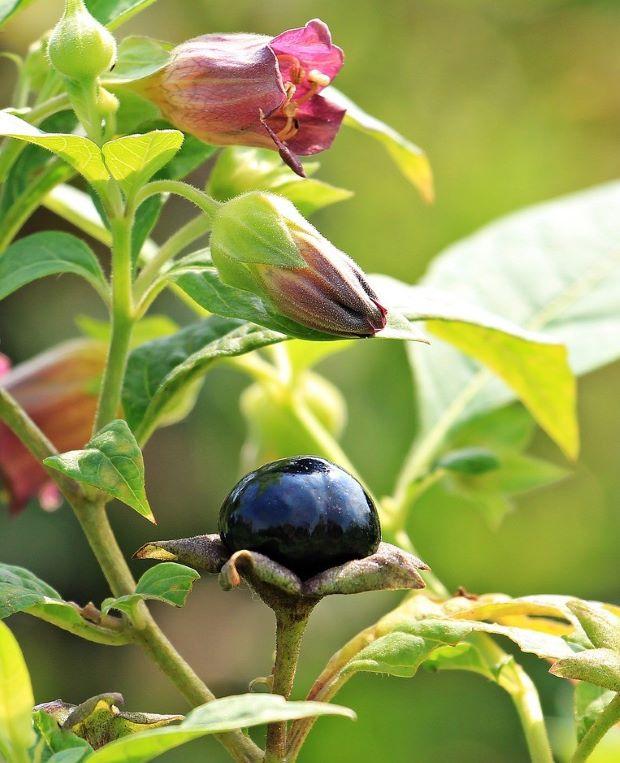 Belladonna – Photo Pixabay
Belladonna – Photo Pixabay
AND extremely toxic: Ingestion of berries, leaves or roots may cause dilated pupils, dry mouth, confusion, hallucinations and, in severe cases, respiratory arrest.
Contact with the plant can also cause skin irritation.
Digitale (Digitalis purpurea)
Herbaceous plant with bell-shaped flowers, the digital It is very common in hilly and mountainous areas.
 Digitalis purpurea flowers – Pixabay Photo
Digitalis purpurea flowers – Pixabay Photo
It is known for its cardiac glycoside content, which can cause arrhythmia, nausea, vomiting and, in severe cases, cardiac arrest if ingested. Contact with the plant can cause skin irritation.
Hemlock (Conium maculatum)
The hemlock a tall herbaceous planteasily recognizable by its small white umbrella-shaped flowers.
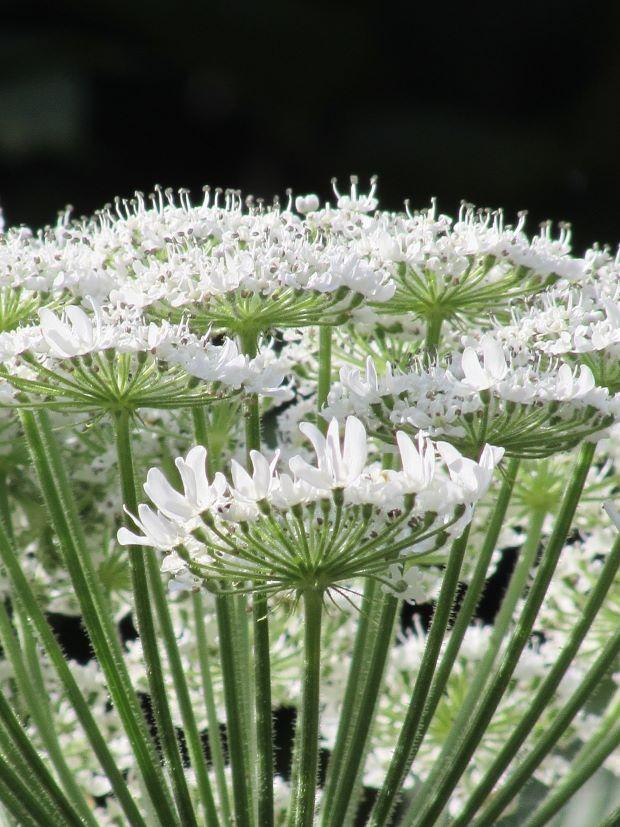 Hemlock inflorescence – Photo Pixabay
Hemlock inflorescence – Photo Pixabay
It is one of the most poisonous plants: ingestion can cause paralysis, breathing difficulties and death from respiratory failure.
Contact with the plant can also cause skin irritation and allergies.
Euforbia (Euphorbia spp.)
A very common plant in Italy, known for its irritating white latex.
Contact with it can cause serious skin irritation, burning eyes.
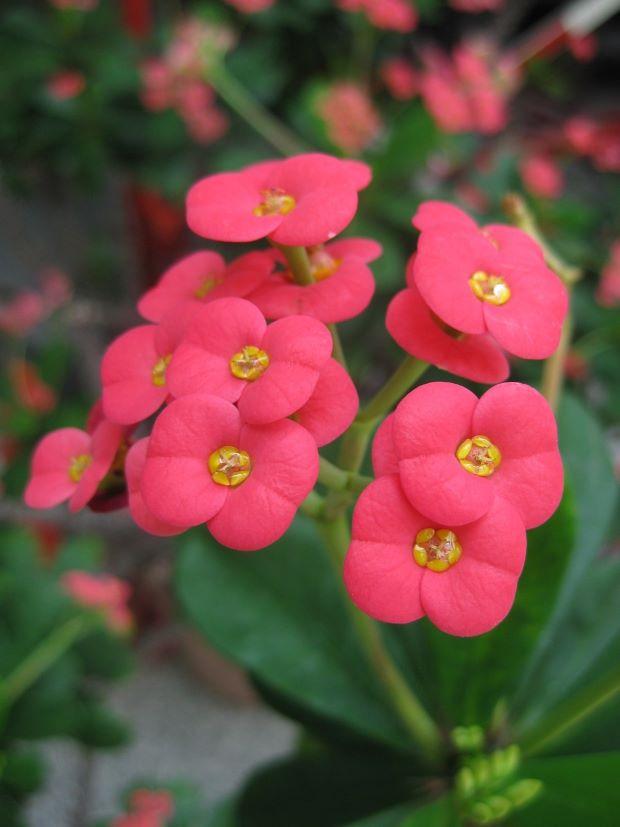 Euphorbia Flowers – Pixabay Photo
Euphorbia Flowers – Pixabay Photo
If ingested, gastrointestinal symptoms such as nausea and vomiting may occur.
It is especially dangerous for children and pets.
Mandragora (Mandragora autumnalis)
The mandrake It is a fairly rare plant that grows spontaneously in the Mediterranean regions, famous for its anthropomorphic root and his hallucinogenic properties.
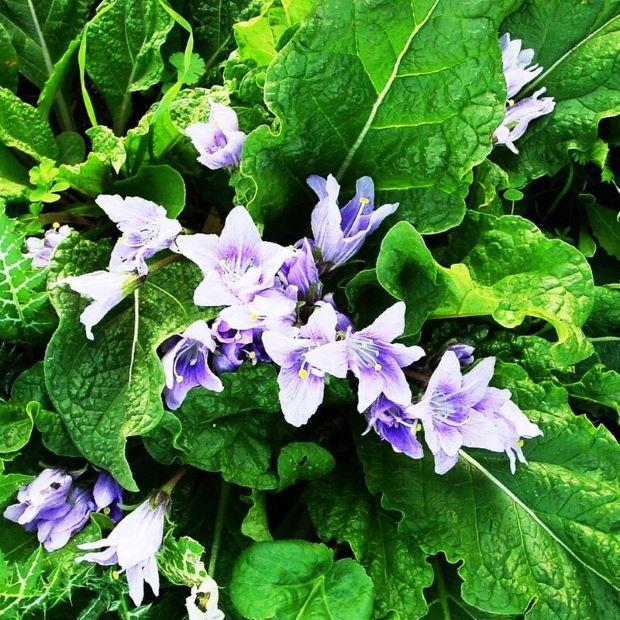 Mandragora autumnalis – Photo Wiki Commons
Mandragora autumnalis – Photo Wiki Commons
It is highly toxic: ingestion can cause hallucinationsdelirium, mental confusion, coma and death.
Contact with the root or leaves can also cause skin irritation and allergic reactions.
Who to call in case of contact or ingestion of toxic plants
In case of contact o ingestion of poisonous plants, it is essential act quickly to limit the damage.
If an adult or child has ingested a toxic plant, call 911 immediately. 118 or go to the emergency room closer.
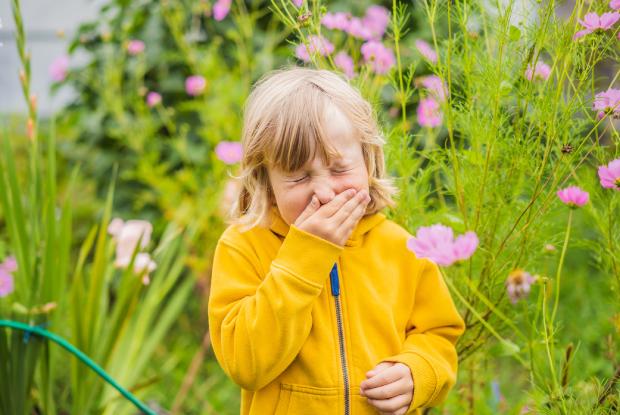 Go to the emergency room if you have ingested or come into contact with a poisonous plant – Getty Images
Go to the emergency room if you have ingested or come into contact with a poisonous plant – Getty Images
It’s important do not induce vomiting unless advised by medical personnel.
Furthermore, it is useful to contact a Poison Control Centeri to receive specific instructions and timely assistance in case of poisoning.
For animals, contact a immediately veterinarian or take the animal to a emergency veterinary clinic.
If possible, bring a sample of the ingested plant with you to aid in identification and treatment.
Timeliness can be crucial to reduce risks and ensure effective intervention.
Source: www.lavorincasa.it


